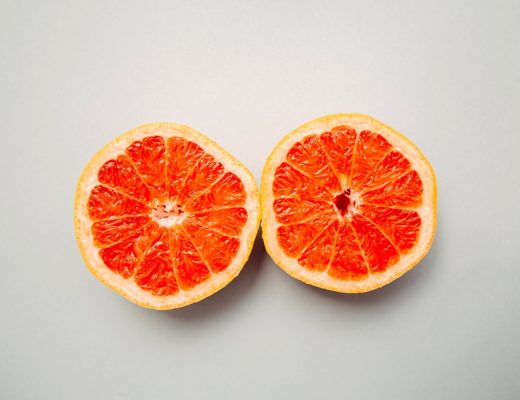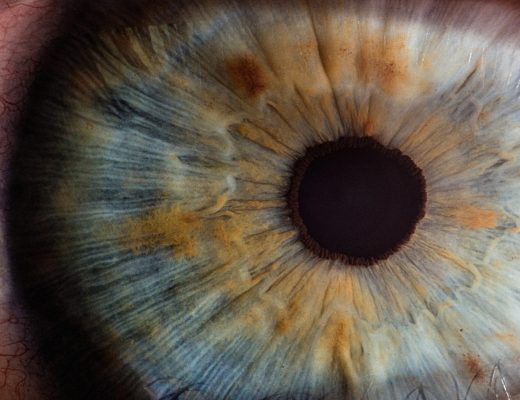A popular mobile game called Wordscapes requires players to create an exhaustive list of words from a handful of letters in order to solve an associated crossword puzzle. Since I fancy myself something of a wordsmith, I try to create all of the words by gazing only at the available letters and averting my eyes from the crossword and its contextual clues.
Sometimes I’m successful. Sometimes not. In fact, I’m often stunned to discover how many letter combinations I overlooked, how many of the simplest words eluded me.
Perhaps that’s an appropriate metaphor for spirituality. We go into it certain we can use these big brains of ours to solve spirituality or God or whatever the same way we solve clogged garbage disposals and flat tires and mobile games.
But maybe these minds and their endlessly preconditioned modes of thought are actually blinding us to the truth? After all, it’s not as if they’ve been terribly adept at solving supposedly simpler challenges, like marriage, world peace, etc.
A Process of Subtraction
Early in my spiritual journey I gobbled up book after book by many of the world’s great mystics and masters, gurus and sages. Written in the processing language – English – this brain was taught to use to make sense of the world, I’d nod along convinced I was grasping the great truths being offered.
But then a curious thing happened: I re-read one of the books and discovered new nuggets of wisdom lurking in the very same pages I’d already read. How could I have been so blind, missed so much?
And then it happened again. And again.
Herein lies the central challenge of the spiritual search. Because we know of only one way of ‘learning,’ we assume that by taking in new information we’ll eventually arrive at the peace or truth or bliss or whatever that we’re seeking.
But the mystics and masters tell us that spirituality is not a process of addition – of learning new concepts and theories – but one of subtraction, of unlearning all that has been crammed into us.
It’s also why these teachers so often use the innocent wonder of children as guideposts. Robert Adams: “Forget everything you’ve ever learned. Become like a newborn babe.” Jesus: “Be ye again as children.”
Anyone who has raised a child has no doubt delighted in the way a toddler staggers about the world, in rain or shine, marveling at anything and everything. The child does not carry with it a lifetime of mental chatter, worrying about this, monitoring that, labeling and conceptualizing and judging, judging, judging. The child is not lost in a mental blizzard while a real one swirls about with promises of winter wonders.
In fact, if you want to understand the difference between a child and an adult, watch their reaction to a lone dandelion sprouting up in the lawn.
Perhaps not surprisingly, it’s when children reach the elementary years that we start seeing evidence of anxiety, depression, and the usual modes of separation that fuel so much of the adult world.
And by their teens? Well, we all know about that.
Slow Learners
The adult world – today’s and the one that existed a thousand years ago and two thousand years before that – is awash in anxiety and uncertainty. No matter how much we learn, no matter how great our monuments and empires and scientific gains, we continue to struggle with the same divisions and cruelties and depressions and fears that plagued our forefathers and theirs before them.
For so ‘smart’ a species we never really seem to learn.
Perhaps this is something spirituality can teach us all: that the mind makes for a wonderful servant but a terrible master, and that a far more important truth lurks just beneath the surface – a surface our minds cannot penetrate.
This from David Carse:
If ‘this,’ the world of things and ideas, is seen as what is real, as true, as ‘reality,’ then That which is completely and radically ‘not-this,’ for which there are no words or ideas within ‘this,’ will necessarily be seen as no thing, as unreal, as Void. Thus it may be feared, dreaded, denied.
“It is only when this so-called ‘reality’ is completely understood to be dreamlike illusion that what is ‘not-this’ will, at the same time, be seen to be What Is. Void, then, is not your enemy, but your true Self; and it is the function of the nonexistent false sense of self to hide this from you.
“The fear and avoidance is seen to be misplaced; in fact, it is now impossible; it disappears and the heart turns from the illusion of ‘this’ and opens to What Is. Knowing that its true glory lies where it ceases to exist.”




